
Types of Eye Exams
Understanding your eye exams can enhance your office visits and even help improve your eye health. Learn about all types of eye exams, their purposes and what to expect.
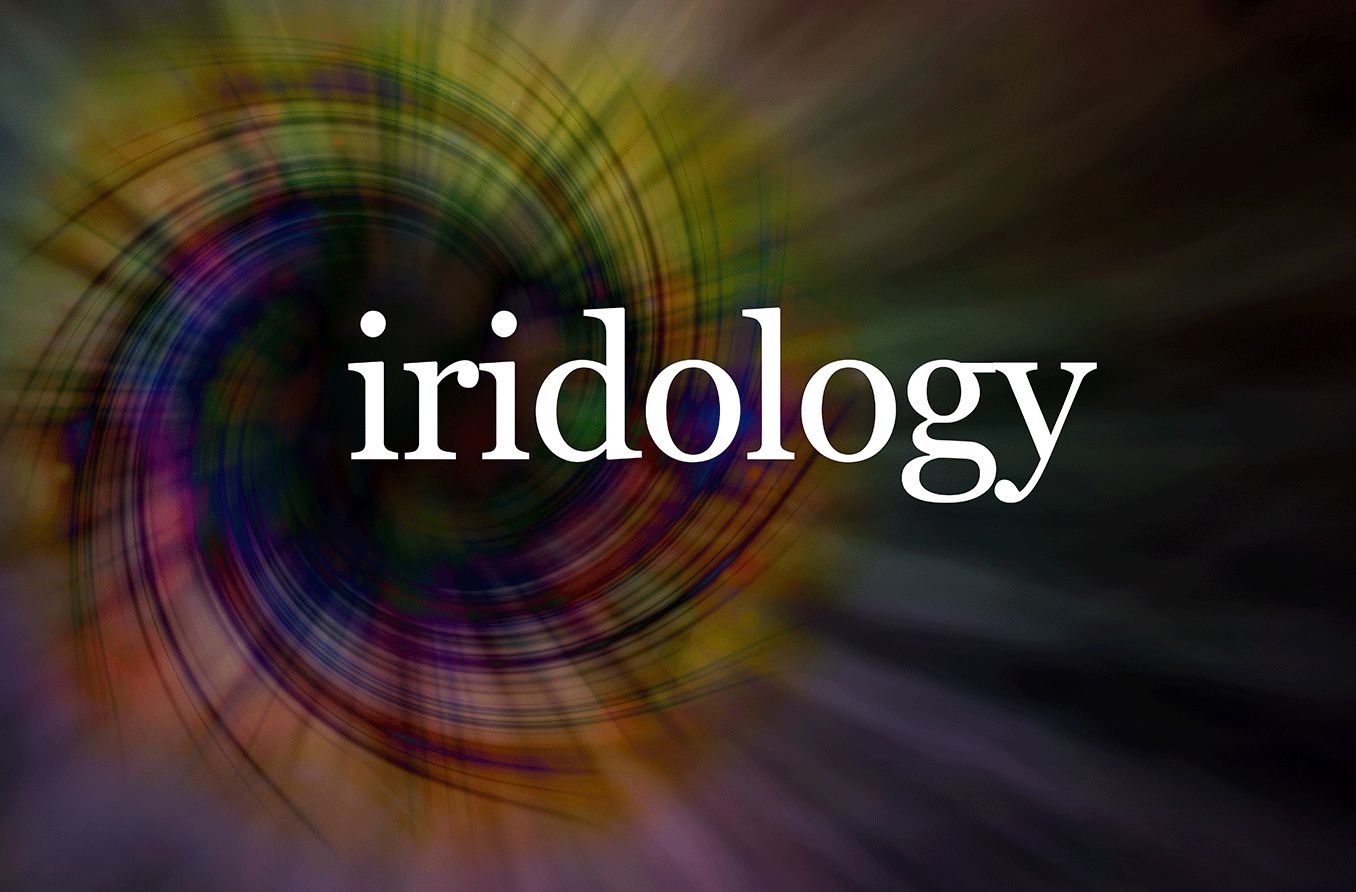
Iridology is a holistic practice that claims health problems can be detected by looking at the external structures of the eyes.
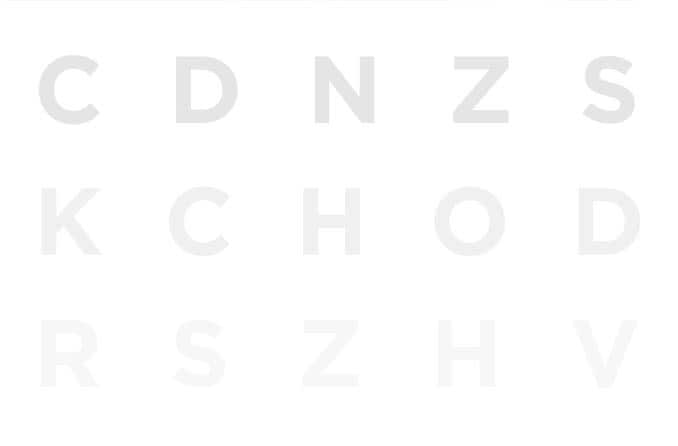
Dr. Gary Heiting describes how a contrast sensitivity test can detect vision problems that might not show up on a conventional eye chart.

A diabetic eye exam is a detailed evaluation of the health of your retina and other parts of the eye that can be affected by diabetes. Learn more.
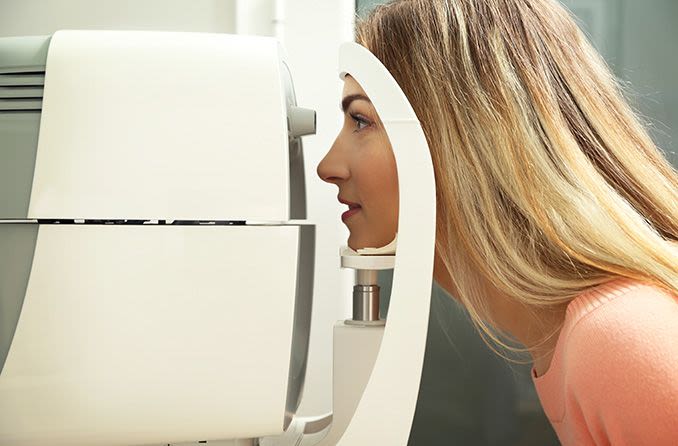
The dreaded air puff test: it won’t hurt, but you still don’t like it. Learn what it measures and why it’s important if you have a family history of glaucoma.
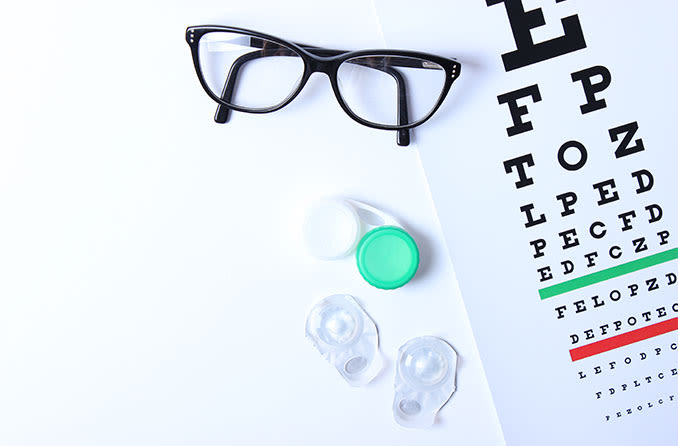
A routine eye exam screens the general health and quality of your vision, whereas a contact lens exam measures the size and shape of your eyes, among other tests.
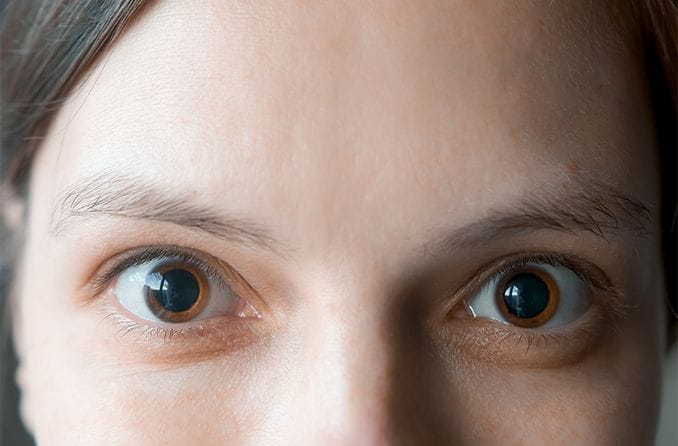
Check out these frequently asked questions about eye dilation, and find out what this important eye exam can reveal about your eye and overall health.
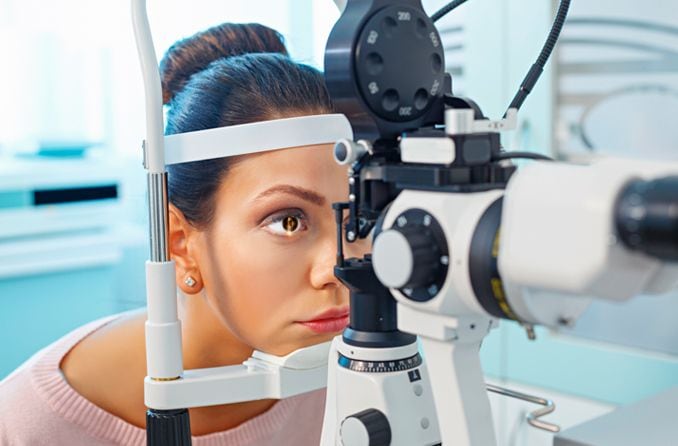
Dr. Gary Heiting explains how eye exams for contact lenses differ from regular eye exams and what needs to be done to obtain a contact lens prescription.
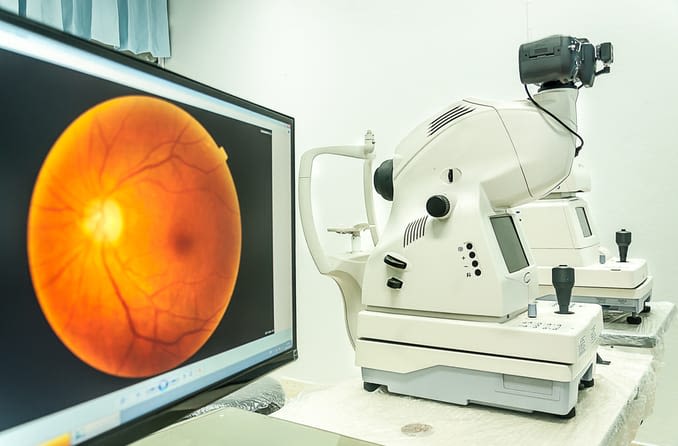
Ophthalmoscopy is a detailed examination of your retina and other structures in the back of your eye. It’s also called fundoscopy or a fundoscopic exam.
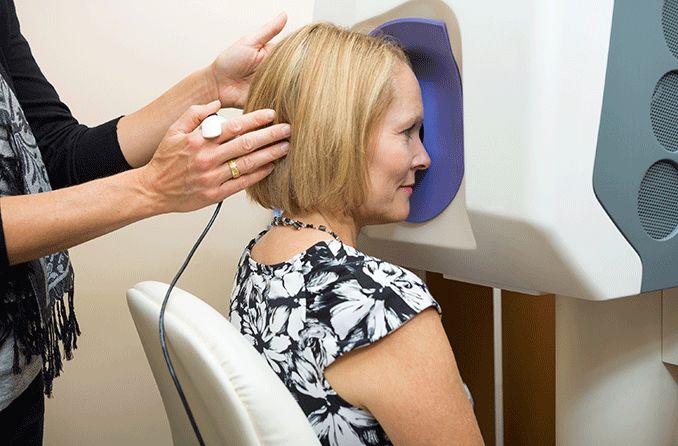
Optomap retinal imaging provides a detailed retinal exam without dilation. But it has some limitations.
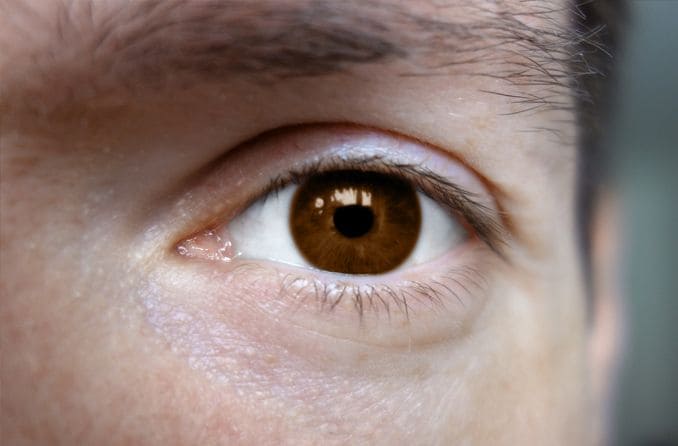
Learn how refraction works, or how the eye sees. Plus, discover symptoms, detection and treatment of common refractive errors.
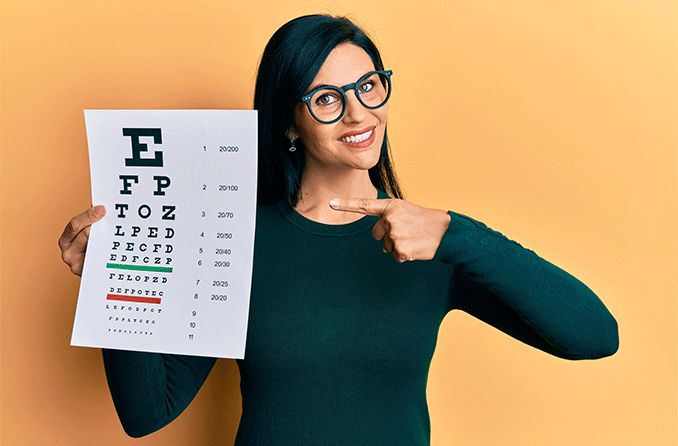
The Snellen eye chart is used by eye doctors to measure visual acuity. The more rows a person can read on the chart, the better their visual acuity.

Learn how some studies have found that certain changes in vision and the eyes may help detect early signs of Alzheimer's and other types of dementia.
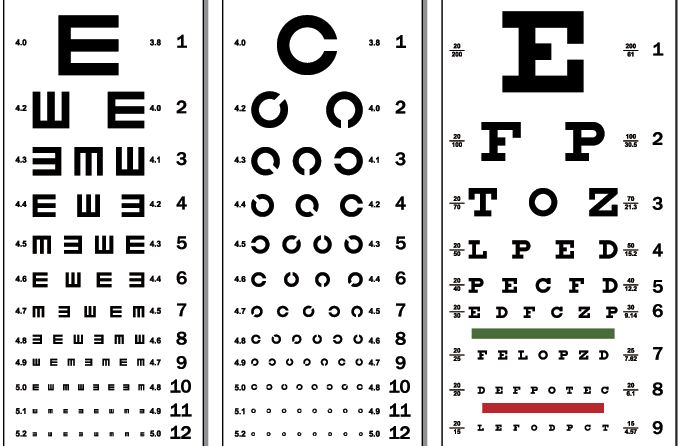
Visual acuity is the ability to see distinct figures and fine detail clearly. Visual acuity tests measure how well a person sees from a specific distance.
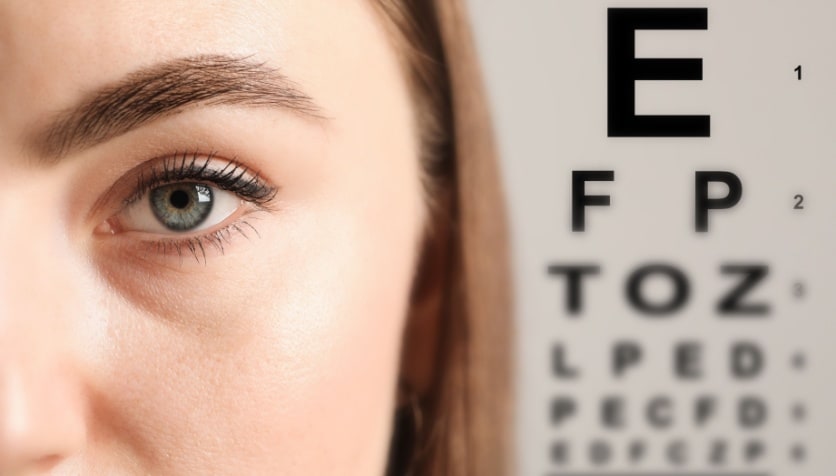
Wavefront technology in eye exams can give you sharper vision than ever before.
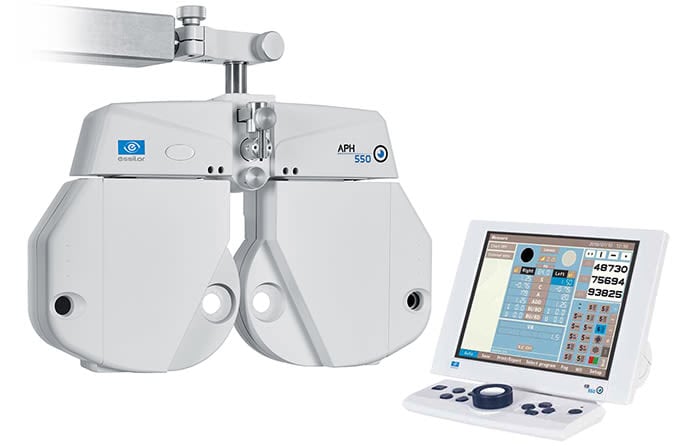
What is a digital eye exam? A digital eye exam is similar to the old exam you’re used to, but many of the manual measurements and adjustments are now computed automatically.
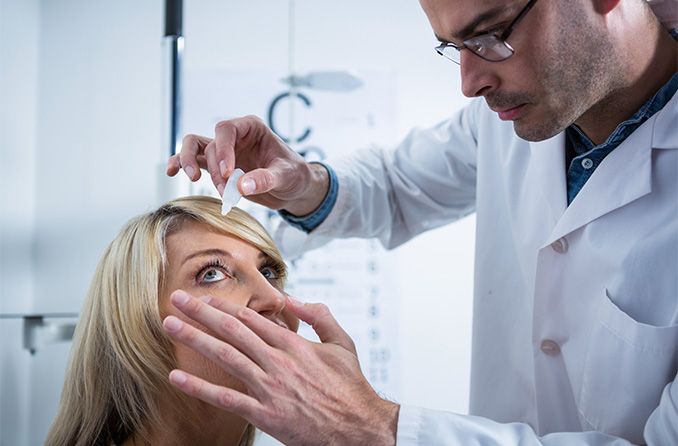
The dilated portion of the eye exam lets your eye doctor get a better look at the retinas and optic nerves using magnifying lenses and special light sources.
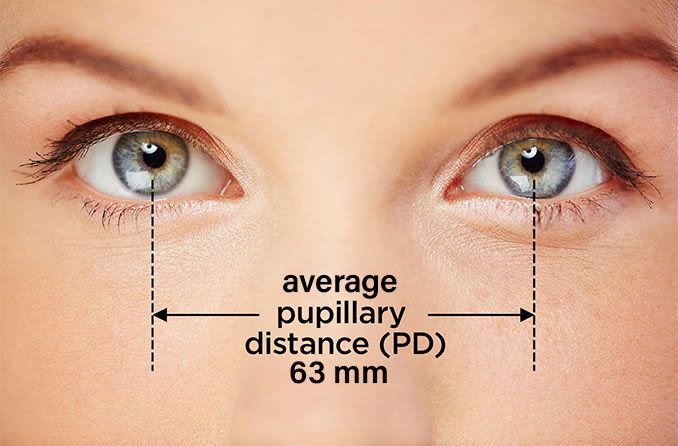
An accurate pupillary distance (PD) is essential for clear, comfortable vision when buying prescription eyeglasses. Find out how to measure your own PD.
All About Vision and AllAboutVision.com are registered trademarks of AAV Media, LLC. © 2000-2025 AAV Media, LLC. The content on this site is for informational purposes only. All About Vision does not provide medical advice, diagnosis or treatment. Contact an eye doctor if you need medical attention.